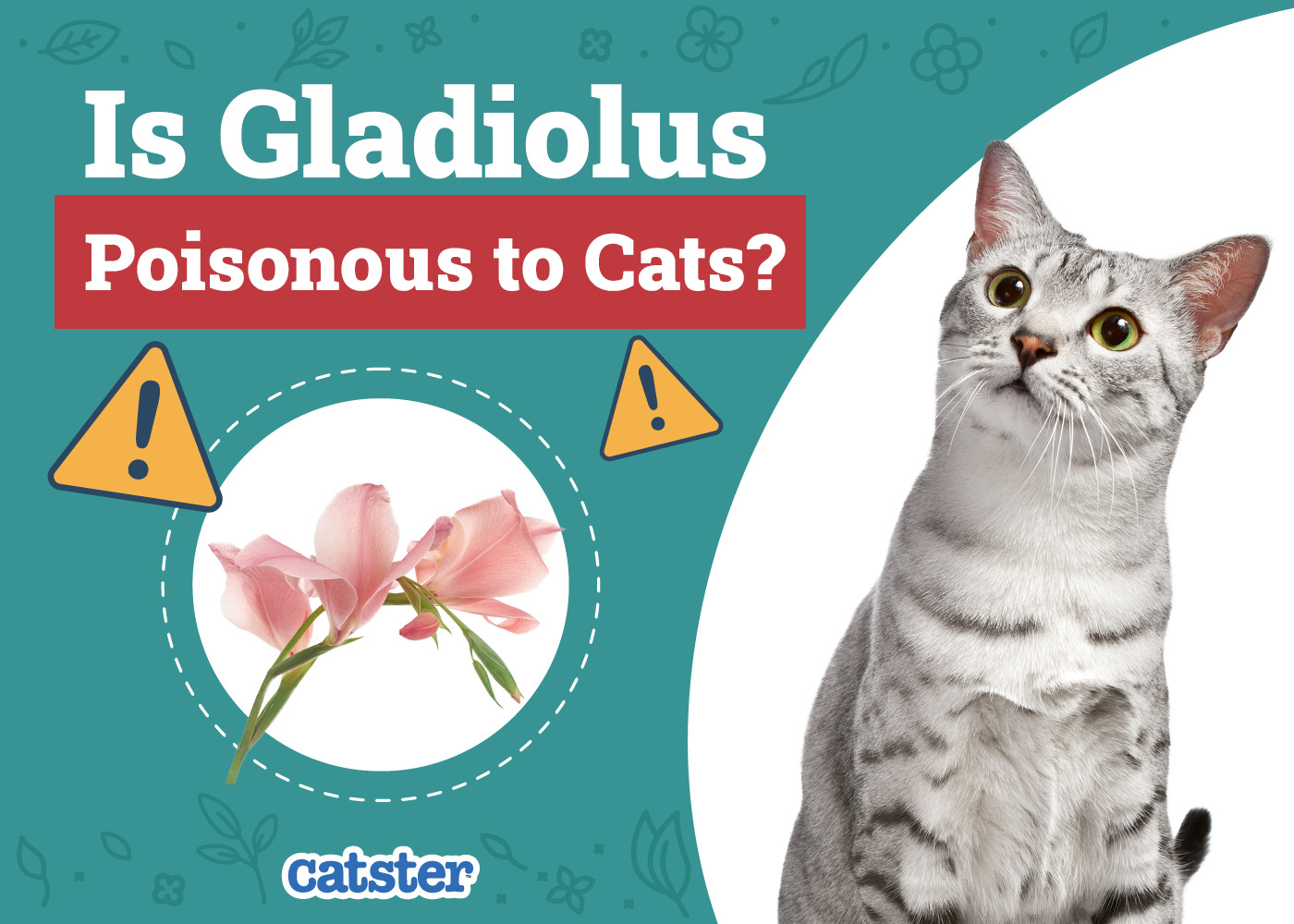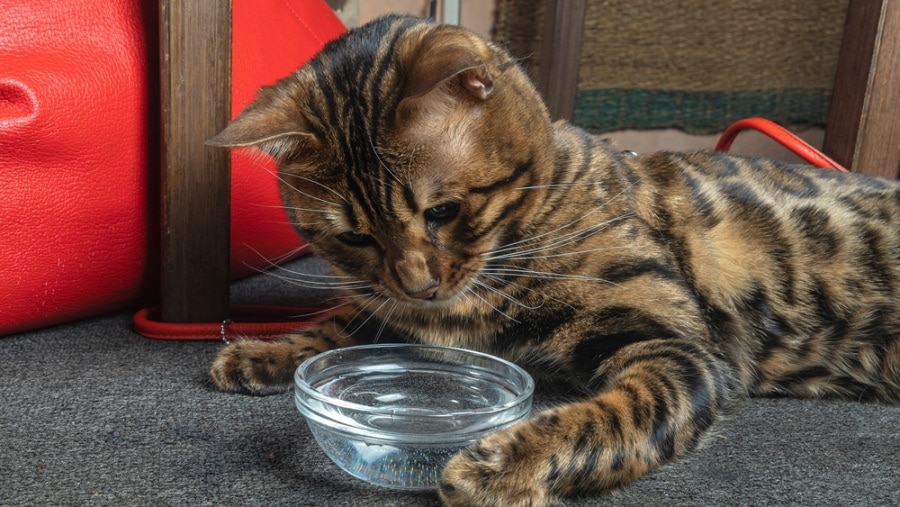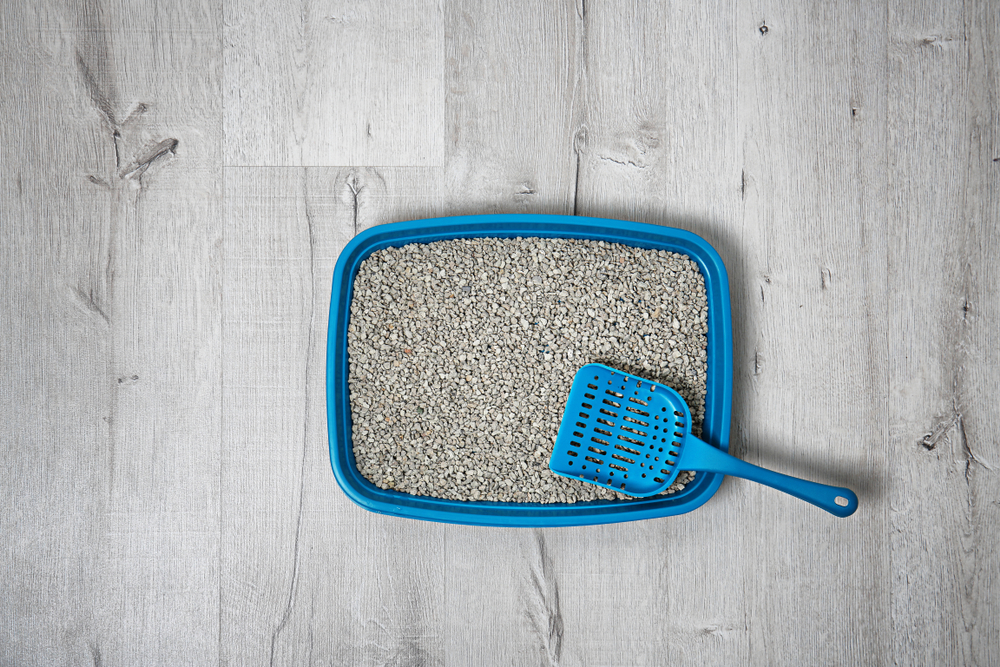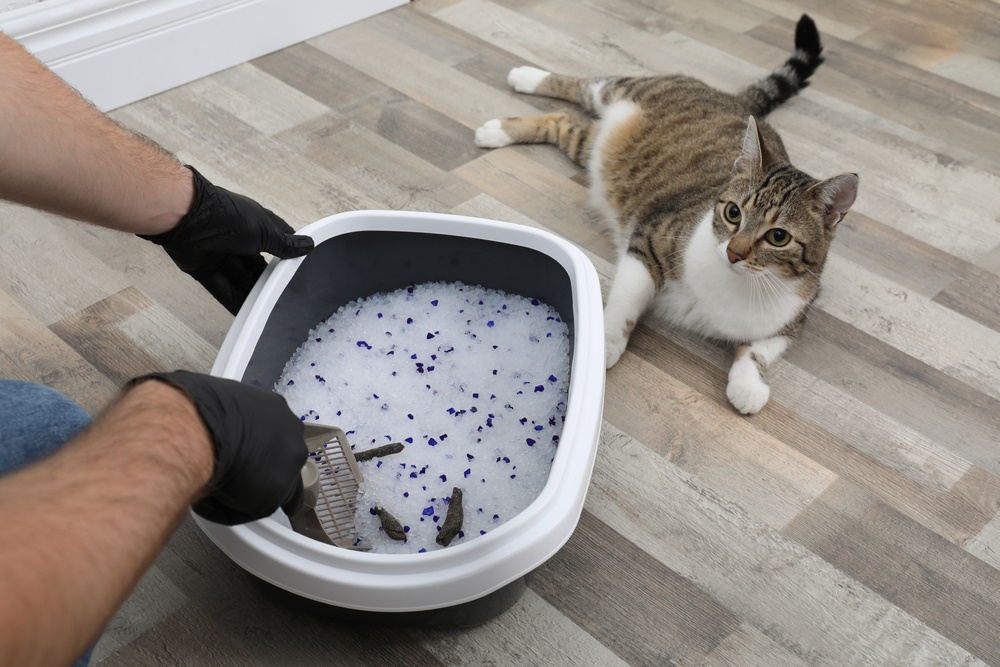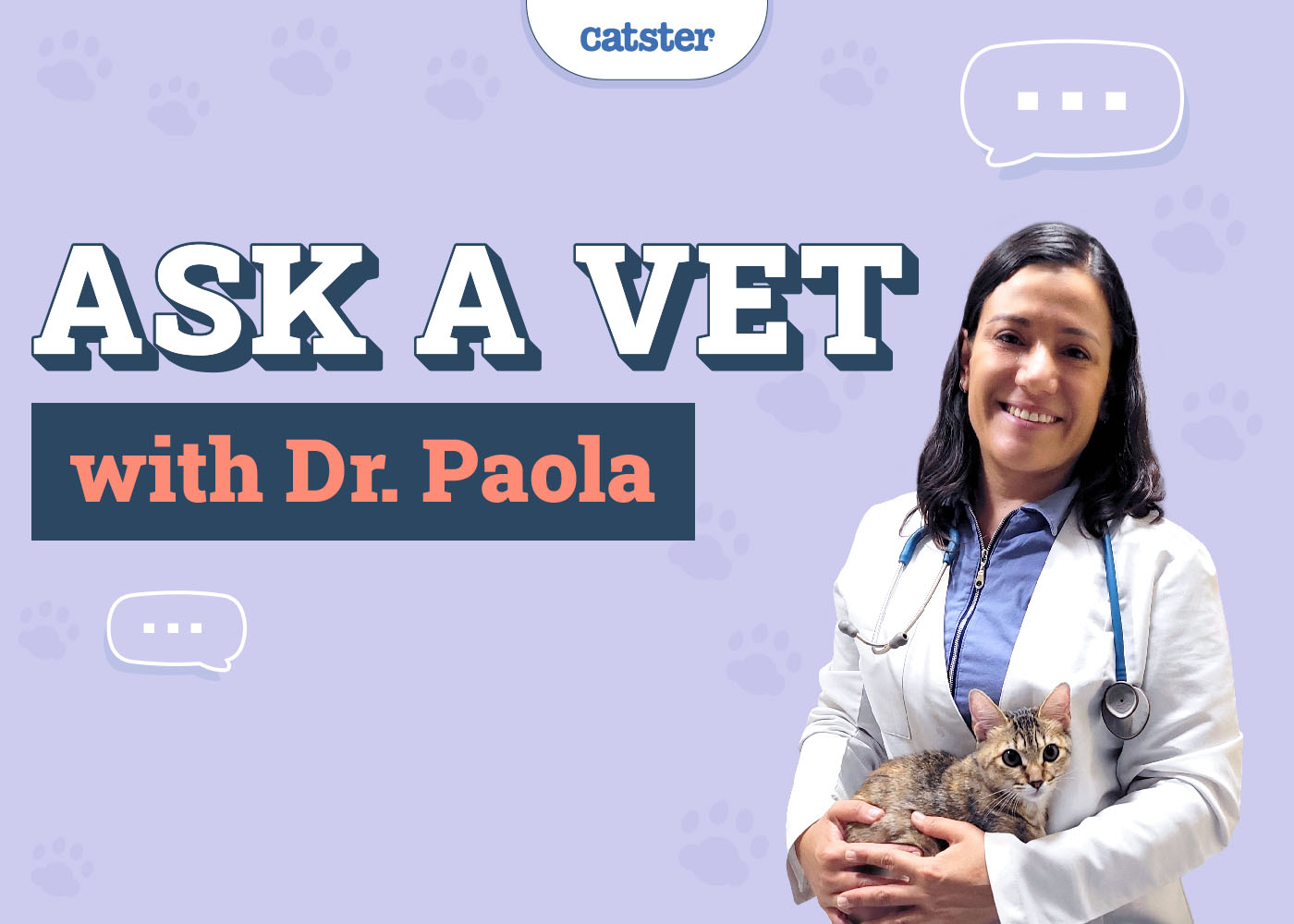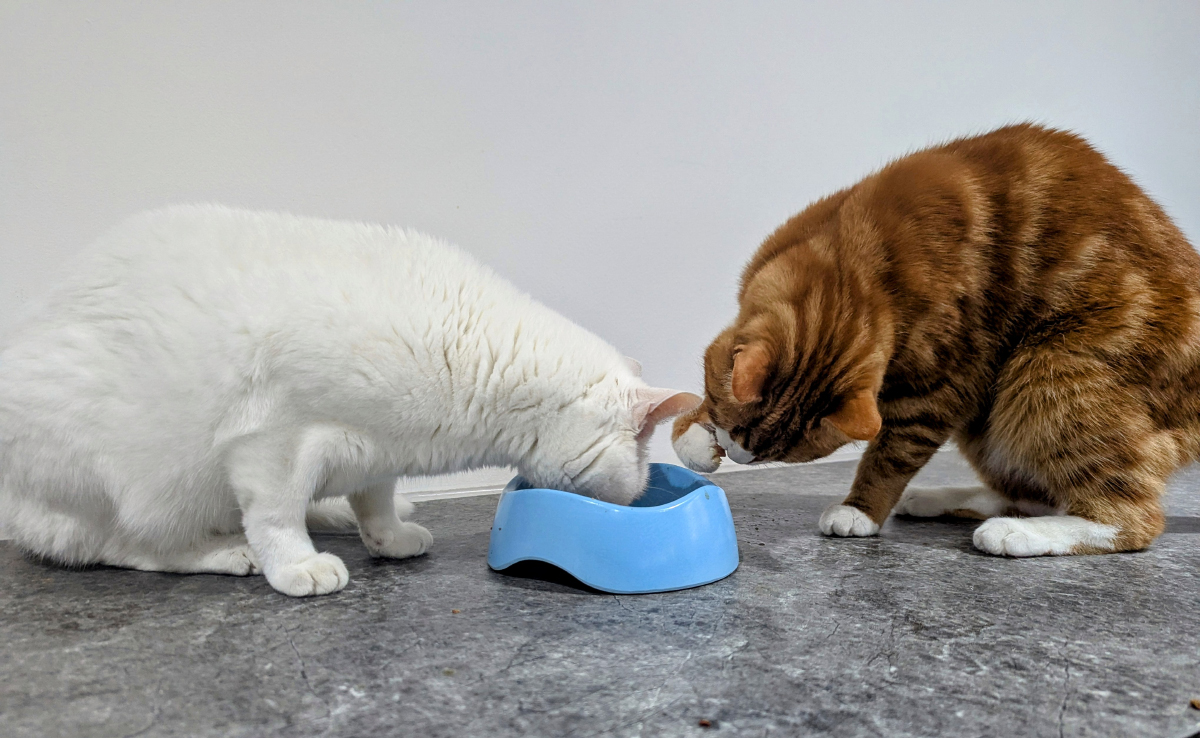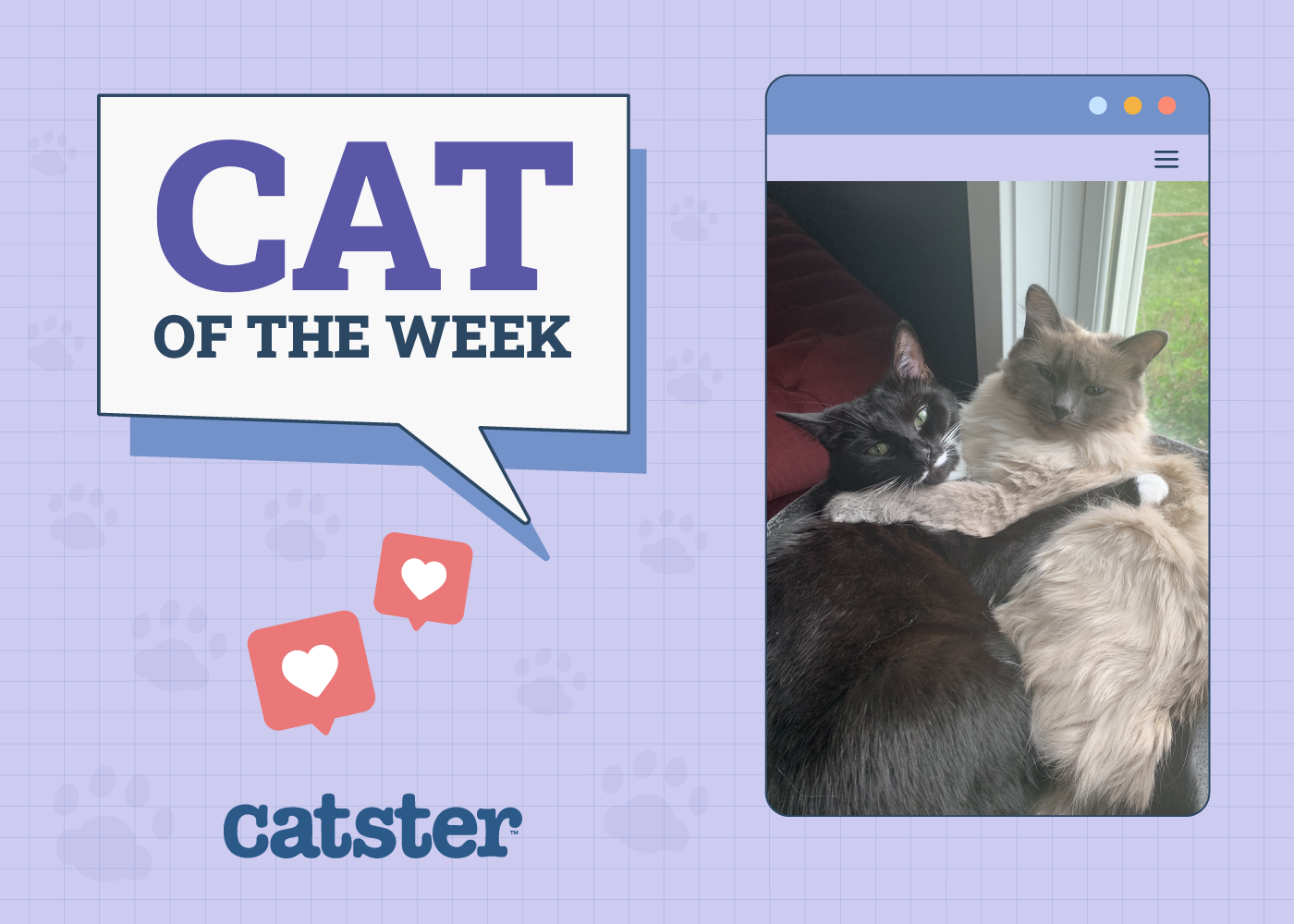Click to Skip Ahead
Also known as the “sword lily”, gladiolus is a popular garden flowering plant, though it can adapt to life as a houseplant. If you’re a fan of these elegant, colorful iris family members and are also a cat parent, we recommend exercising caution. Gladiolus is poisonous to cats and can cause some nasty side effects and serious discomfort.
In this post, we’ll share the signs of gladiolus poisoning that cats may show and let you in on what to do if your cat has eaten any part of a gladiolus plant.

Why Is Gladiolus Poisonous to Cats?
We can’t be sure exactly why gladiolus is toxic to cats and other pets because the gladiolus’ toxic principles are unknown. The bulb is the most toxic part, but eating any part of the plant can cause cats to become sick. If you are concerned about the health and well-being of your pet, seek veterinary advice for the best course of action.

If you need to speak with a vet but can’t get to one, head over to PangoVet. It’s an online service where you can talk to a vet online and get the personalized advice you need for your pet — all at an affordable price!
What Are the Signs of Gladiolus Poisoning?
Gladiolus poisoning can cause cats to display an array of symptoms. In most cases, only the gastrointestinal tract is affected but in extreme cases, other body systems may be affected. This is more likely in cases where a cat has eaten a large portion of a gladiolus plant, especially the corm (bulb). Gladiolus poisoning is listed as low risk, but caution is still advised.
Common Signs of Gladiolus Poisoning
- Drooling
- Salivating
- Vomiting
- Diarrhea
- Lethargy
- Abdominal pain
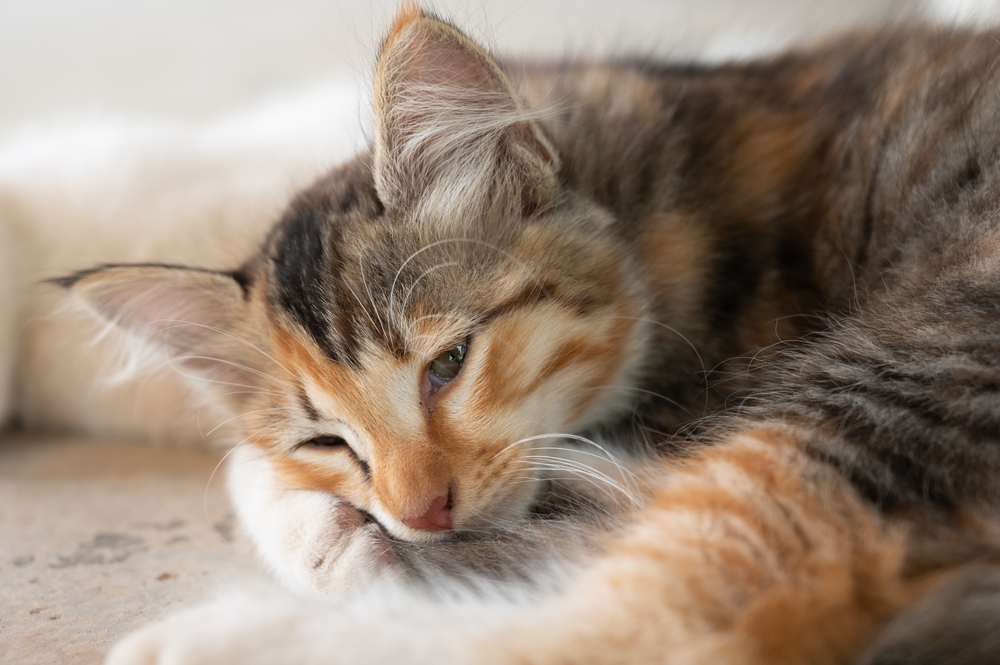
What Should I Do if My Cat Has Eaten a Gladiolus?
If you know or even suspect that your cat has eaten a gladiolus plant, the first thing you should do is contact a veterinarian or pet poison hotline immediately. They will then advise you on the next steps you will take.
Your cat stands the best chance of recovery if you act quickly—even if you only have the slightest suspicion that your cat has eaten a gladiolus, still contact your poison hotline or vet. It’s better to find out that it was just a false alarm than risk your cat becoming unwell, and your vet will completely understand your concerns.
If your cat has vomited up some of the gladioli, place it in a plastic bag and take it with you to your appointment. Alternatively, take the remainder of the plant your cat has eaten. This helps your vet make a formal diagnosis and more quickly determine the course of action to be taken.
At the vet’s office, your vet will physically examine your cat and may take blood and urine samples.

How Is Gladiolus Poisoning Treated?
In cases of toxic plant poisoning, vets usually induce vomiting to rid your cat’s system of any remaining plant matter. Please never, ever, ever do this yourself at home—it’s unsafe and must be carried out by a professional.
Other treatments include using activated charcoal to help prevent the stomach from absorbing the poison and allow toxins to be flushed out. If the liver, heart, or kidneys are affected, an alternative course of treatment may be offered depending on the diagnosis.
Your vet will likely keep your cat at the clinic for a certain period in order to monitor their condition. This may range from a few hours to a few days or more depending on the severity of the situation.

Final Thoughts
To sum it up, gladiolus is toxic to cats and should be kept well out of their reach. If you keep gladioli in your home, place them in elevated spots or make use of hanging baskets to prevent your cat from getting hold of them. If you keep them in your garden, use safe pet deterrents or plant them next to herbs that cats dislike the smell of—like lavender—to keep your cat away or make the area a no-go zone in some way.
Featured Image Credit: Pixabay

